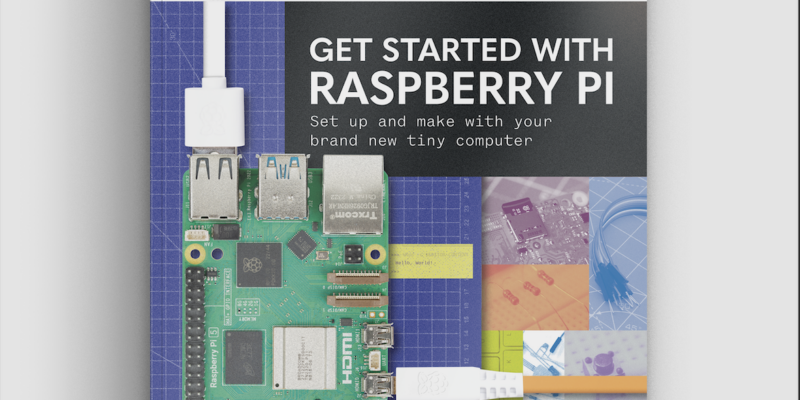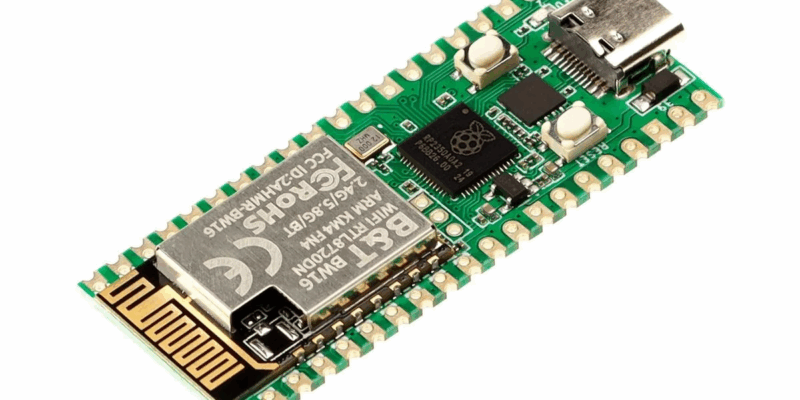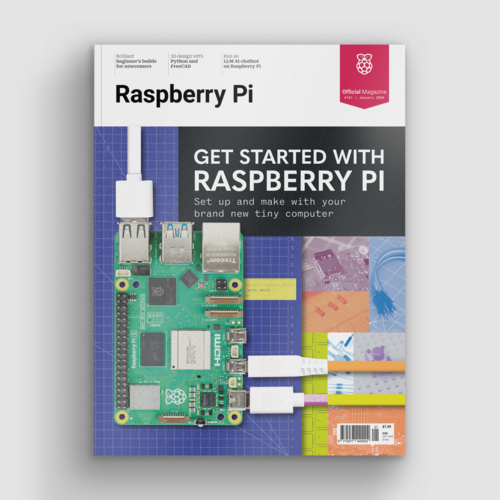ZeroPhone
By Russell Barnes. Posted

Turning a Pi Zero into a mobile phone
Advertisement
Get started with Raspberry Pi – everything you need to know to start your journey!
ZeroPhone is an open-source project to create a mobile phone kit for the Pi Zero.
Owners of ZeroPhone will be able to make calls and send text messages. It will also have basic apps such as an alarm clock, calendar, calculator, web browser, and music player.
The full article can be found in The MagPi 55 and was written by Lucy Hattersley.
Behind the project is Arsenijs Piˇcugins, an 18-year-old student from Riga, Latvia. He now has a team of people helping him.
“It’s open-source, Linux-powered, and you can make one yourself for $50,” he says.
Arsenijs has been studying mobile phones for a couple of years. He hopes to sell a commercial kit, while keeping it all open-source for people to build themselves.
“The phone hardware is at ‘alpha’ stage,” he tells us. Arsenijs has designed the first revision of PCBs (printed circuit boards) and is developing the software.
“The next revision will be ready-to-assemble,” reveals Arsenijs. Raspbian is being customised to run on the ZeroPhone. “It can be tailored to suit our purpose very easily,” explains Arsenijs.

“I’ve currently got a framework I’m using for headless Pi configuration,” he continues. Python is being used to create a user interface (UI). An earlier project called pyLCI forms the base of the interface.
Developed by Arsenijs in 2016, pyLCI is a Linux control interface. It enables you to control and configure your Pi with SSH, networking, or using an HDMI monitor.
“I developed it because that’s what I needed to improve my Raspberry Pi tinkering and development workflow,” recalls Arsenijs.
“Developing a good UI is one of the primary goals of this project,” Arsenijs adds.
Because Linux is the base, it can support a range of programming languages. Arsenijs expects “original ideas” for apps. He will be working on productivity and healthcare apps.
The open-source software approach is “likely to be secure and not privacy-invading,” says Arsenijs. You can disable features you don’t like, and it doesn’t depend on any cloud services. You will be able to install firewall, I2P, and TOR nodes, as well as secure messenger services.

Arsenijs’s current goal is to make the v1.0 PCB revision. “That’s what I’m focused on, and that means extensively testing the hardware I’ve got now, to find everything that has to be fixed.”
Once v1.0 is ready, he will publish the design files and instructions, so people will be able to start assembling their phones if they wish. He’ll then prepare a crowdfunding campaign to fund a manufacturing run and software development.
“It’s the only phone you can assemble by getting all the parts yourself,” claims Arsenijs. It doesn’t use any rare parts or fine-pitch soldering. “You can even breadboard this phone if you’re dedicated enough.
“For me, this project is a huge undertaking that, if done right, will influence the way we perceive mobile phones,” remarks Arsenijs. He explains that it will help solve privacy and security concerns, as well as allow us to develop better open-source GSM technology. It will also help power mobile phone hacks.
“Besides, this is an open-source Linux-powered phone you can independently assemble for less than $50,” observes Arsenijs. “That’s pretty cool.”

Russell runs Raspberry Pi Press, which includes The MagPi, Hello World, HackSpace magazine, and book projects. He’s a massive sci-fi bore.
Subscribe to Raspberry Pi Official Magazine
Save up to 37% off the cover price and get a FREE Raspberry Pi Pico 2 W with a subscription to Raspberry Pi Official Magazine.
More articles

Get started with Raspberry Pi in Raspberry Pi Official Magazine 161
There’s loads going on in this issue: first of all, how about using a capacitive touch board and Raspberry Pi 5 to turn a quilt into an input device? Nicola King shows you how. If you’re more into sawing and drilling than needlework, Jo Hinchliffe has built an underwater rover out of plastic piping and […]
Read more →

Win one of three DreamHAT+ radars!
That’s right, an actual working radar for your Raspberry Pi. We reviewed it a few months ago and have since been amazed at some of the projects that have used it, like last month’s motion sensor from the movie Aliens. Sound good? Well we have a few to give away, and you can enter below. […]
Read more →

RP2350 Pico W5 review
It’s Raspberry Pi Pico 2, but with a lot more memory
Read more →
